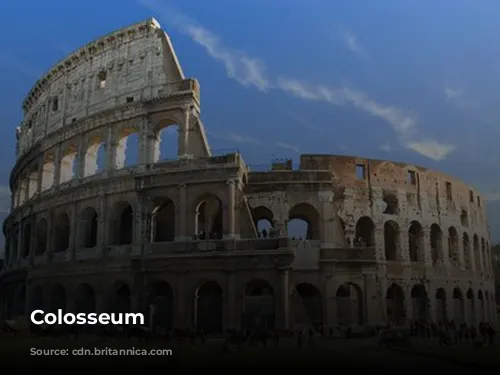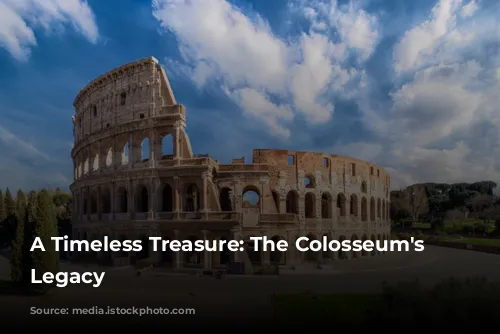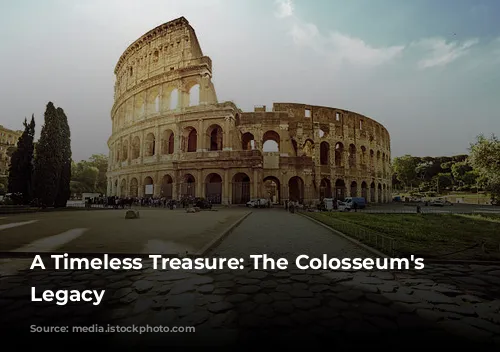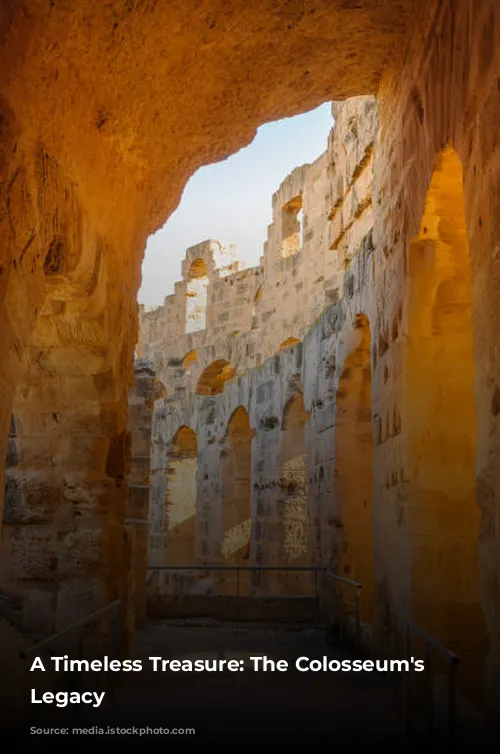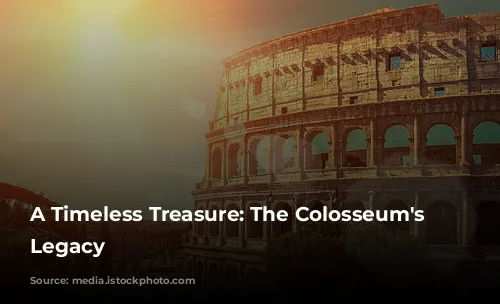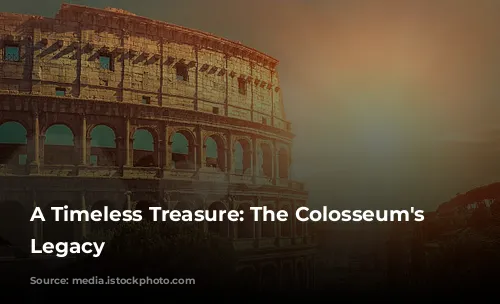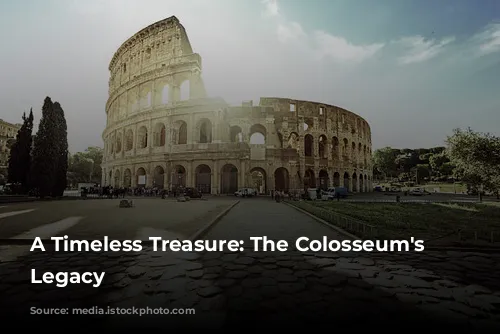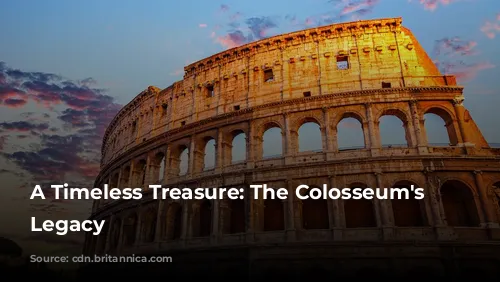The Colosseum, a magnificent monument standing as a testament to ancient Rome’s architectural and engineering brilliance, has captivated the world for centuries. This iconic structure, one of the few surviving remnants of the Roman Empire, attracts millions of visitors each year, contributing significantly to Italy’s tourism revenue. In 2018, the Colosseum, Roman Forum, and Palatine Hill combined to generate over €53.8 million, making it Italy’s most lucrative tourist destination.
This incredible feat of Roman engineering was not always in its current state. Following the collapse of the Western Roman Empire, the Colosseum fell into disrepair, its once-grand arena becoming a refuge for warring families and a source of building materials. The 12th century saw the Frangipane and Annibaldi families use the arena as a fortress, and during the late 15th century, Pope Alexander VI authorized its use as a quarry. This period of neglect lasted for over a thousand years before state-funded restoration efforts began in the 1990s, breathing new life into this ancient marvel.
A Celebration of Power and Entertainment
The Colosseum’s construction marked a pivotal moment in Roman history. It was built during the reign of Emperor Vespasian, a period of revival following the tumultuous “Year of the Four Emperors” in 69 CE. Like other amphitheatres, the Colosseum was designed to serve as an entertainment hub, offering gladiatorial combat, thrilling animal hunts, and even mock naval battles.
Construction commenced under Vespasian between 70 and 72 CE, with its completion in 80 CE under his son and successor, Titus. The final touch was added by Emperor Domitian in 82 CE, with the addition of the fourth story. It’s important to note that the Colosseum’s construction was funded by the spoils of war from Titus’s conquest of Jerusalem in 70 CE, and Jewish slaves from Judaea were used as labor.
A Masterpiece of Roman Architecture
The Colosseum is an awe-inspiring elliptical structure, built using stone, concrete, and tuff. Standing four stories tall, it measures 620 feet by 513 feet and could accommodate an astounding 50,000 spectators. It is renowned for its use in gladiatorial combat, a spectacle that captivated ancient Roman society.
The Colosseum stands as a testament to Roman architectural prowess. Unlike earlier amphitheatres, which were often built into hillsides for support, the Colosseum is a freestanding structure. Its intricate design utilizes barrel vaults and groin vaults to create a durable and visually stunning edifice. The structure’s facade is adorned with engaged columns in the Doric, Ionic, and Corinthian orders, a design element that significantly influenced Renaissance architecture.
A Stage for Spectacular Events
The Colosseum was a remarkable venue for a wide range of events. The arena boasted a retractable awning, known as a velarium, which provided shade for the vast audience. Roman sailors were responsible for manipulating the complex rigging that allowed the velarium to be extended and retracted, protecting the spectators from the sun’s rays. The Colosseum was the stage for captivating spectacles, from gladiatorial combat to animal hunts and even mock naval battles. However, the historical record is unclear about the Colosseum’s role in the martyrdom of early Christians.
Despite its grandeur, the Colosseum faced its share of challenges over the centuries. It was used as a church during the medieval period, then served as a fortress for prominent families like the Frangipane and the Annibaldi. Damage from lightning strikes, earthquakes, and vandalism further threatened its existence, leading to the loss of its marble seats and decorative materials. The Colosseum was treated as a quarry for over a thousand years, stripped of its decorative elements.
A Legacy of Preservation and Tourism
In the 19th century, preservation efforts gained momentum. Pius VIII spearheaded significant restoration efforts, laying the groundwork for the comprehensive restoration project that was launched in the 1990s. Today, the Colosseum is one of Rome’s most popular tourist attractions, drawing nearly seven million visitors annually. The site regularly hosts exhibitions that delve into the rich culture of ancient Rome.
The Colosseum continues to hold a unique place in human history, a powerful symbol of ancient Rome’s grandeur. Its enduring presence serves as a reminder of the remarkable achievements of past civilizations and the enduring allure of this historical treasure.


